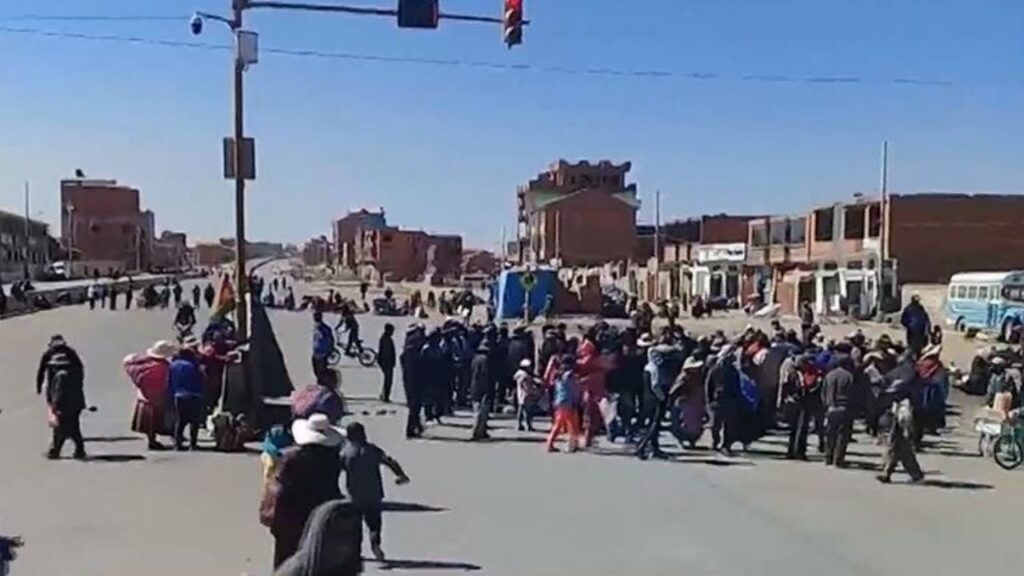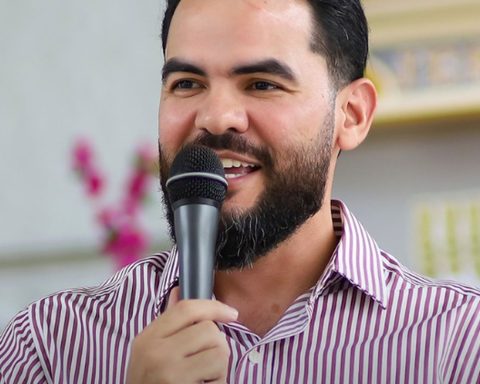The documents that confirm the complicity of sectors of the international press with the civic-military dictatorship of Argentina
“What you call successes are mistakes,
those who recognize as mistakes are crimes
and what they omit are calamities.”
Rodolfo Walsh, March 24, 1977
The bureaucracy of state terrorism left imprints of its atrocities. In this case, Télam presents eight folders with information never before revealed, which expose one of the obsessions of the criminal regime that took power on March 24, 1976: its attempt to counteract at the international level what the military junta defined as a “anti-Argentine” campaign, which was really the succession of denunciations in the country – but above all abroad – about the torture and disappearance of thousands of people in the extermination camps that the dictatorship deployed throughout Argentina.
The military regime designed a counter-information and propaganda action that was advised by the influential multinational communication agency Burson-Marsteller, and which had the Ministry of Foreign Affairs as the body from which the genocidal government’s plan was articulated to try to neutralize the criticism it received around the world for its systematic violation of human rights.
In the basements of the Palacio San Martín, the Press Department of the Foreign Ministry worked, a ministry that remained under the orbit of the Navy commanded by Emilio Massera. Every day, people who were detained and disappeared were transferred from the ESMA to work on the preparation of the files and the international monitoring of the news that was published about Argentina. A slave labor that was denounced before the Justice, in 1985, with the statements of survivors in the Trial of the Boards.
The eight files that are detailed in this investigation were part of that file of horror with which the military regime systematized the planning of the lie. The folios of the folders indicate that there were hundreds of files made that have not yet seen the light and that they may never be found. But they existed, as evidenced by the documents presented exclusively by Télam.
Step by Step
The starting point of the investigation was the moment when the journalist Enrique Vázquez received a package of folders that had remained, for years, in a drawer of the law firm of a lawyer linked to human rights. Secret files that the lawyer had received from the hands of a Foreign Ministry employee, who had rescued them from a dump truck at the time they were dismantling the archive of the Ministry of Foreign Affairs, on the end of the dictatorship. When the lawyer died, a secretary of the study gave the material to the journalist. And then, Vázquez contacted Télam to make it public.
Thus began a joint effort between the journalist and different areas of the agency. Vázquez was the author of the texts that describe the contents of each of the eight files that, hidden for more than 40 years, expose the propaganda maneuvers diagrammed by the Secretary of Public Information of the genocidal regime.
His work was complemented with a historical contextualization, in which actions of State terrorism and resistance to the regime that had an international impact were highlighted, such as the disappearance and murder of journalist and writer Rodolfo Walsh, the kidnapping of journalist Jacobo Timerman, and the murders of the founders of the Mothers of the Plaza de Mayo Azucena Villaflor de De Vincenti, Esther Ballestrino de Careaga and María Ponce de Bianco, and of the French nuns Alice Domon and Léonie Duquet. He also remembered the 1978 World Cup, an event that turned the eyes of the world on Argentina. Within this framework, one of the maneuvers of the civic-military dictatorship was to invite journalists from countries in which there was a presence of Argentine exiles and complaints of human rights violations by the Argentine dictatorship.
In each of these eight files -which Enrique Vázquez will deliver to Memoria Abierta- some of the journalists and media outlets that were used in the propaganda operation were kept hidden.
For years a central part of the planning of the lie remained hidden. Until today.
origin Spain
1979 Fernando Vizcaino Casas
The Francoist who dazzled everyone
By Enrique Vazquez
Fernando Vizcaino Casas was a labor lawyer specializing in artists’ law, hairdressing philosopher, tumultuous playwright and tsunami novelist, admirer of Rivera’s cousin and nostalgic for Francoism, which as soon as he wrote in the monarchist newspaper ABC as he appeared with his columns along with the first total nudes of the weekly Interviú.
A rare right-winger, capable of laughing at everything and everyone, starting with himself. He died in 2003, at 77.
1979 was a year of grace for him, because he published 4 books and all 4 were tremendous commercial successes: … And in the third year, he resurrected (a novel that plays with the idea of the resurrection of the Generalissimo), Hijos de papa (a work by theater that satirises children well), One year less (daily) and The wedding of the priest, a novel that sold more than 2 million copies.
Secret record of Fernando Vizcaíno Casas by Telam on Scribd
In that state of sanctity, he arrived in Argentina invited by Channel 13, which at that time administered the Navy. He came, of course, to boost the sales of his books. But he had such an impact and showered so much praise on the “Argentine reality that the European media hides or distorts,” as he went so far as to say, that IAPA officials approached him to propose a second trip, this time official in charge of the State. Vizcaíno accepted without thinking twice: he only asked for tickets in first class for him and his wife, the possibility of meeting with Videla and Martinez de Hozget to know the Iguazú Falls and have the occasion to come into contact with personalities of the local culture.
The questionnaire from Vizcaíno Casas to Videla by Telam on Scribd
So it was that Vizcaíno returned to Buenos Aires a month and a half later, on December 10. They put him up in a suite at the Plaza Hotel, he traveled to the Falls, met with Videla, with Martínez de Hoz and with the Foreign Minister, Brigadier Charles Washington Pastor; he was as a special guest on the programs of Bernard Neustadt and Mirtha Legrandand on Friday, December 14, he had lunch at the main table of the Jockey Club in the company of Dr. Tedín Uriburu, the general director of Press and Dissemination of the Ministry of Foreign Affairs, Commodore Julio César Boitier, and -among others- doctors Fernando De la Rua and Enrique Olivera. These last two would become heads of Government of the Autonomous City of Buenos Aires; the first, in addition, president of the Nation, and the second, president of the Jockey Club where such a pleasant lunch took place.

Vizcaíno Casas returned to Madrid on the 17th, and in the Spanish capital he gave his readers the usual string of commonplaces about Buenos Aires, a European city, how well Argentineans and especially Argentineans dress, the number of people in cinemas, the profusion of publications in the newsstands and, of course, the return that was expected from the guests after they stayed in good hotels and tasted “2-finger-thick” steaks: the peace and tranquility of the streets, the feeling of being able to walk through any sector of Buenos Aires without fear of anything.

But of course, it was a best-seller, and a seller of fantasies could not stay with the linearity of that message: he had to give it a twist, put the bow, apply the blow of effect. In his column for La gaceta del Norte and under the uninspired title “I don’t cry for you, Argentina”, Vizcaíno Casas describes Argentines at the end of 1979 as “gentle, smiling, obsequious and (apparently, at least) happy”. And he perceives, he says, “the general concern about the situation in Spain, which distresses many compatriots who live there and the Argentines themselves.”
In other words: we, under the dictatorship, were worried about them, who were beginning to walk towards democracy.
Another who knew how to win the ticket, will have thought of the Palacio San Martín.

















